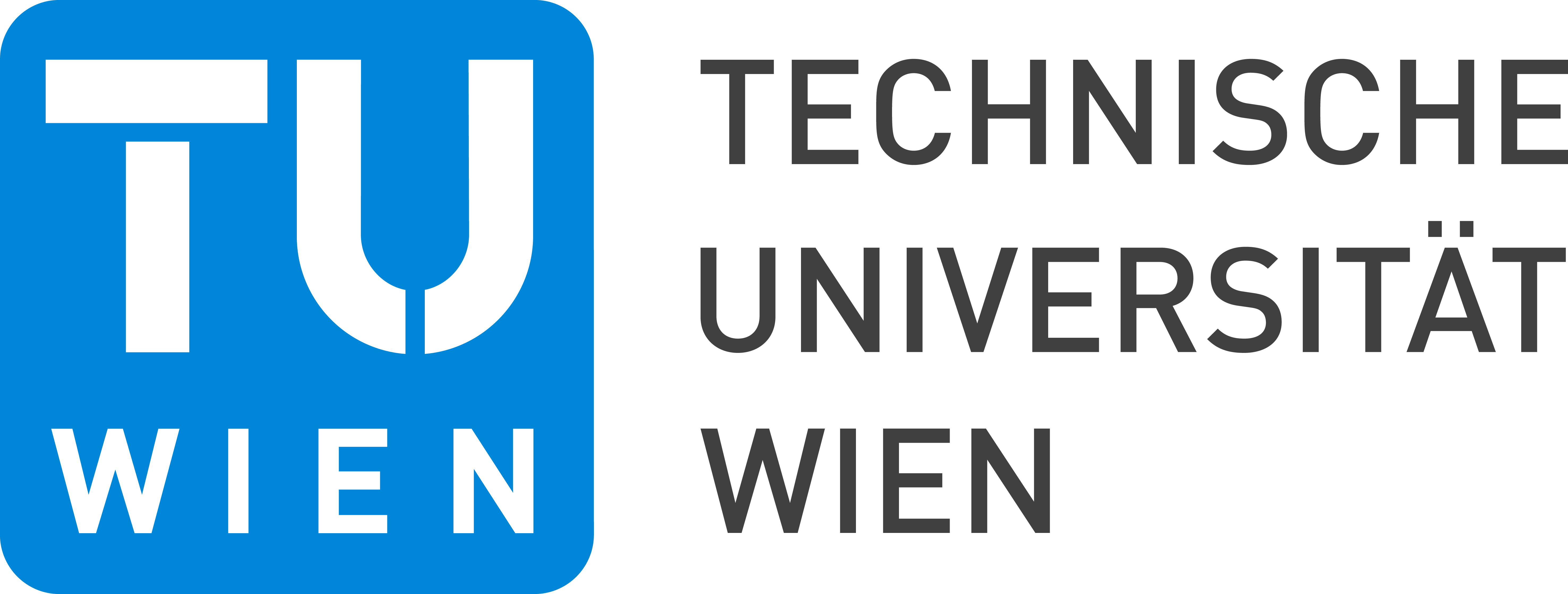Three Papers accepted at FC 2021
Recently three papers got accepted for publication at the 25th International Conference on Financial Cryptography and Data Security - FC 2021. More information can be found here and the abstracts can be found below.
Erkan Tairi, Pedro Moreno-Sanchez, Matteo Maffei: Post-Quantum Adaptor Signature for Privacy-Preserving Off-Chain Payments. 25th International Conference on Financial Cryptography and Data Security - FC 2021, March 1-5 2021 (virtual).
Abstract: Adaptor signatures (AS) are an extension of digital signatures that enable the encoding of a cryptographic hard problem (e.g., discrete logarithm) within the signature itself. An AS scheme ensures that (i) the signature can be created only by the user knowing the solution to the cryptographic problem; (ii) the signature reveals the solution itself; (iii) the signature can be verified with the standard verification algorithm. These properties have made AS a salient building block for many blockchain applications, in particular, off-chain payment systems such as payment-channel networks, payment-channel hubs, atomic swaps or discrete log contracts. Current AS constructions, however, are not secure against adversaries with access to a quantum computer.
In this work, we present IAS, a construction for adaptor signatures that relies on standard cryptographic assumptions for isogenies, and builds upon the isogeny-based signature scheme CSI-FiSh. We formally prove the security of IAS against a quantum adversary. We have implemented IAS and our evaluation shows that IAS can be incorporated into current blockchains while requiring ˜1500 bytes of storage size on-chain and ˜140 milliseconds for digital signature verification. We also show how IAS can be seamlessly leveraged to build post-quantum off-chain payment applications without harming their security and privacy.
David Derler, Sebastian Ramacher, Daniel Slamanig, Christoph Striecks: Fine-Grained Forward Secrecy: Allow-List/Deny-List Encryption and Applications. 25th International Conference on Financial Cryptography and Data Security - FC 2021, March 1-5 2021 (virtual).
Abstract: Forward secrecy is an important feature for modern cryptographic systems and is widely used in secure messaging such as Signal and WhatsApp as well as in common Internet protocols such as TLS, IPSec, or SSH. The benefits of forward secrecy is that the damage in case of key-leakage is mitigated. Forward-secret encryption schemes provides security of past ciphertexts even if a secret key leaks, which is interesting in settings where cryptographic keys often reside in memory for quite a long time and could be extracted by an adversary, e.g., in cloud computing. The recent concept of puncturable encryption (PE; Green and Miers, IEEE S&P'15) provides a versatile generalization of forward-secret encryption: it allows to puncture secret keys with respect to ciphertexts to prevent the future decryption of these ciphertexts. Thus it represents a fine-grained mechanism to restrict decryption capabilities of a secret key to reduce damage in case of key leakage.
We introduce the abstraction of allow-list/deny-list encryption schemes and classify different types of PE schemes using this abstraction. Based on our classification, we identify and close a gap in existing work by introducing a novel variant of PE which we dub Dual-Form Puncturable Encryption (DFPE). DFPE significantly enhances and, in particular, generalizes previous variants of PE by allowing an interleaved application of allow- and deny-list operations.
We present a construction of DFPE in prime-order bilinear groups based on tagged hierarchical identity-based encryption (THIBE), a concept we introduce. We discuss a direct application of DPFE for enhancing security guarantees within Cloudflare's Geo Key Manager and show its generic use to construct forward-secret IBE and forward-secret digital signatures.
Matteo Romiti, Friedhelm Victor, Pedro Moreno-Sanchez, Peter Sebastian Nordholt, Bernhard Haslhofer, Matteo Maffei: Cross-Layer Deanonymization Methods in the Lightning Protocol. 25th International Conference on Financial Cryptography and Data Security - FC 2021, March 1-5 2021 (virtual).
Abstract: Bitcoin (BTC) pseudonyms (layer 1) can effectively be deanonymized using heuristic clustering techniques. However, while performing transactions off-chain (layer 2) in the Lightning Network (LN) seems to enhance privacy, a systematic analysis of the anonymity and privacy leakages due to the interaction between the two layers is missing. We present clustering heuristics that group BTC addresses, based on their interaction with the LN, as well as LN nodes, based on shared naming and hosting information. We also present linking heuristics that link 45.97% of all LN nodes to 29.61% BTC addresses interacting with the LN. These links allow us to attribute information (e.g., aliases, IP addresses) to 21.19% of the BTC addresses contributing to their deanonymization. Further, these deanonymization results suggest that the security and privacy of LN payments are weaker than commonly believed, with LN users being at the mercy of as few as five actors that control 36 nodes and over 33% of the total capacity. Overall, this is the first paper to present a method for linking LN nodes with BTC addresses across layers and to discuss privacy and security implications.



